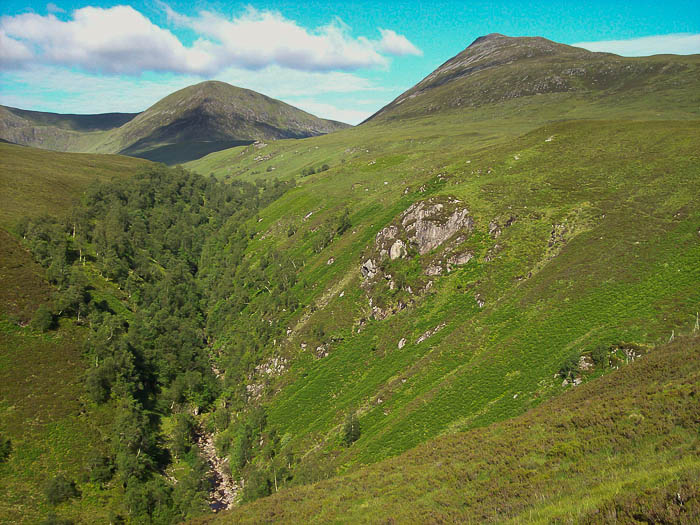Plans for a hydro-electric scheme costing £800 million pounds – the largest ever in Scotland – has been approved by the government.
The 600MW project at Coire Glas – in the hills behind Loch Lochy – is proposed to be built by Scottish & Southern Energy. The controversial project has divided conservation groups, with the John Muir Trust and the Ramblers opposed to the scheme, which is supported by the Mountaineering Council of Scotland.
The hydro-electric pumped storage scheme will include a dam and reservoir at Loch a’ Choire Ghlais together with an underground power station and a tunnel system and outlet on the shores of Loch Lochy. Schemes such as Coire Glas do not generate their own electricity, instead being used to store excess power generated by wind and wave farms, using this power to pump water up to a reservoir. The stored power can then be released to provide electricity at times of peak demand. Supporters describe such schemes as “green batteries”, but opponents argue that they use more energy than they produce.
It is expected that the construction will last from five to six years.
Fergus Ewing said “Energy storage has a key role to play as part of a balanced electricity mix in supporting security of supply requirements. Pumped storage stations can provide a valuable responsive supply to maintain the stability of the grid and help integrate renewable generating technologies. It is unique in the UK in comparison to other existing pumped storage schemes in its ability to release energy to the electricity grid for extended periods, offering an estimated 50 hours of continuous operation.”
Ramblers Scotland director Dave Morris said the project whould be a “white elephant”. He said: “There is little chance that the public funds will be found to build such an massive dam in an important wild land area. The future for wind farm development is offshore, especially off the east coast of England.
“A Loch Lochy hydro scheme would be in the wrong place, too far away from the offshore wind farms and, with little future for onshore wind farm development, as public subsidies for such development are slashed, there would be no use for the Loch Lochy scheme. I am surprised that SSE did not wait until 1 April [April Fools’ Day] to make this announcement.”
Helen McDade, head of policy for the John Muir Trust, said that “The John Muir Trust would need to see very good evidence that this scheme is justified for the country in that it would significantly improve the UK energy security of supply in the most cost-effective way. That economic case needs to be made even before the environmental impacts are considered.”
The outlet from the scheme will affect the existing route of the Great Glen Way – one of Scotland’s most popular long distance paths. The dam will lie below the summit of Sron a’ Choire Ghairbh, one of the two Loch Lochy Munros.

